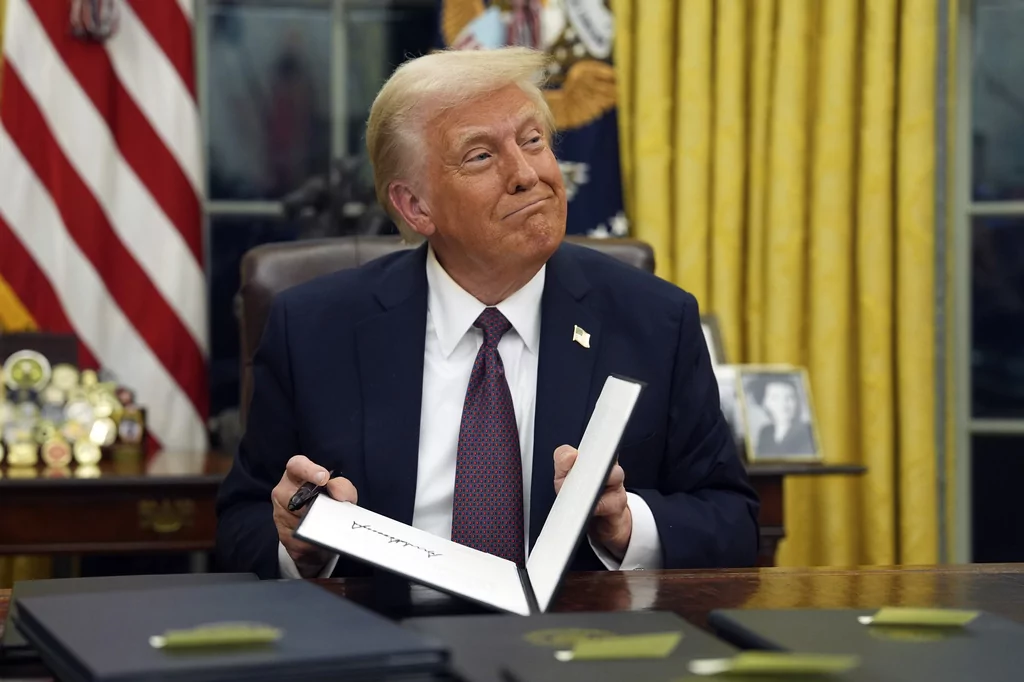Power Shift: How Trump Reshaped Energy and Environment in 100 Days

Trump's Energy and Climate Agenda: A Transformative First 100 Days
In his initial months as president, Donald Trump dramatically reshaped America's approach to energy policy and environmental regulations, signaling a sharp departure from his predecessor's climate strategies.
Dismantling Environmental Regulations
Trump wasted no time in rolling back Obama-era environmental protections. He swiftly signed executive orders to expedite controversial pipeline projects like the Keystone XL and Dakota Access pipelines, demonstrating his commitment to fossil fuel development and infrastructure expansion.
Fossil Fuel Friendly Policies
The administration aggressively promoted domestic oil, gas, and coal production. By lifting restrictions on drilling and mining, Trump aimed to boost energy independence and create jobs in traditional energy sectors, particularly in rural and industrial regions.
Paris Climate Agreement Withdrawal
Perhaps his most significant environmental move was announcing the United States' withdrawal from the Paris Climate Agreement. This decision sent shockwaves through the international community and signaled a radical shift in America's global climate leadership.
Regulatory Rollbacks
Trump's team systematically weakened environmental protection mechanisms, reducing regulations on industrial emissions, water quality standards, and carbon output. These actions were celebrated by industry leaders but heavily criticized by environmental advocates.
Economic and Political Implications
The administration argued that these policies would stimulate economic growth, create jobs, and reduce energy costs. Critics, however, warned of potential long-term environmental and health consequences.
Trump's first 100 days in office represented a decisive and controversial reimagining of America's energy landscape, setting the stage for significant debates about environmental policy and economic development.
